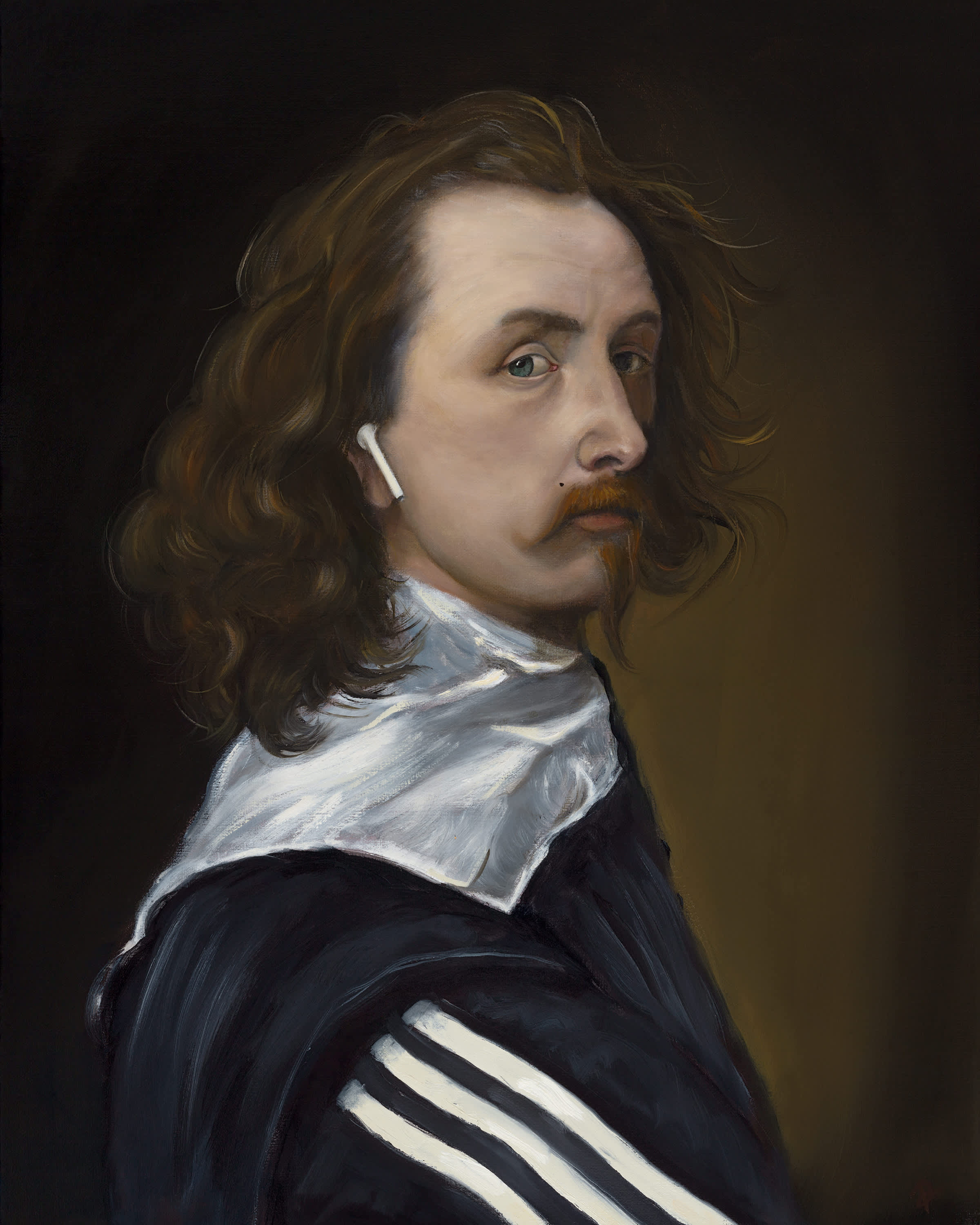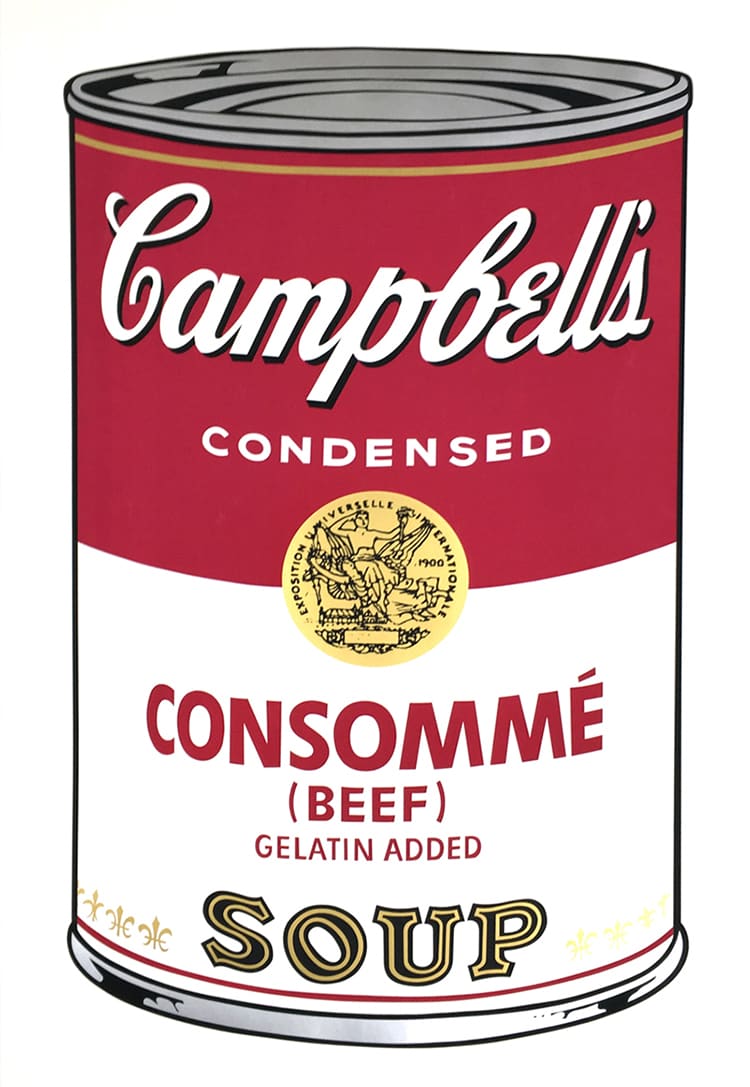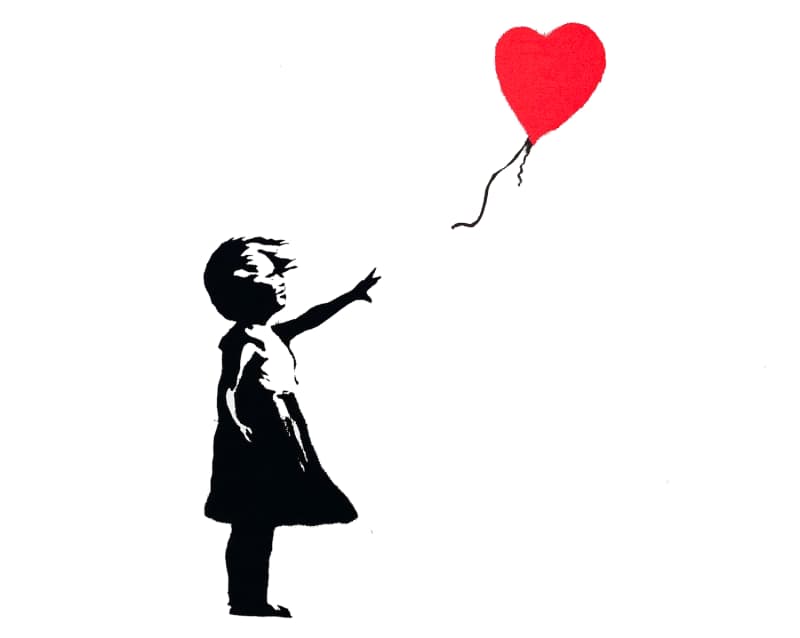Do you remember being taken on a trip to the museum as a child – walking through dimly lit rooms, looking up at paintings of people in strange clothes, surrounded by unrecognisable objects, wondering: what it’s all about? Now think about what that child being taken to the same museum in 100-, 200- or 300-years’ time would make of the works created by today’s artists. It’s a fascinating concept that really gets to the heart of what art has to say – about the era in which it was created and the life of the people who lived through it.
Paintings are a way of immortalising a moment in time, particularly those that capture the essence of the present day and conserve it for future generations by showing people going about their daily lives. Known as “genre” paintings, different centuries had their own masters of this style of art, from Johannes Vermeer’s Woman Holding a Balance, painted in 1664, to Vincent van Gogh and his early 1885 masterpiece, The Potato Eaters. In these paintings, the artists depict long-ago lives that are alien to us now, but which give us an insight into how society functioned in years gone by.
So, what exactly does the art being created today say about our society? One unifying theme is how much consumerism has taken over our lives, and how wealth and spending are currencies we value highly. Partly it revolves around money – what we buy, for how much, and what it’s worth – a subject that is best embodied by the brands we covet. But it’s also a lot deeper than that, with the brands we choose to align with revealing our status, the tribes we belong to and how we want to project ourselves to the world.
What will the brands appearing in today’s art teach future generations about how we lived? Scottish artist Ross Muir, whose second solo show with Maddox opens in September, became a viral sensation when he painted his now famous Square-Gogh, which went viral three times, first in Scotland, Muir’s home country, then globally, via social media. A rework of a self-portrait of Van Gogh that dresses the Dutch artist in an Adidas tracksuit, with Muir’s clever device of dressing his famous protagonist in contemporary street wear, the artist catapults a painting from a distant time into today’s world.
For his upcoming exhibition, “The Bridge Home”, Ross Muir continues his now-signature reworking of famous portraits, bridging the centuries gap between art that the viewer has nothing in common with by making it instantly recognisable and relatable. From a van Dyck wearing AirPods to a Tamara de Lempicka driving a Tesla and a Lowry wearing a Burberry scarf, these are all images that immediately take us back to the museums of our childhood, but now we can recognise parts of the painting so that we no longer feel like an outsider looking in. What will the Tesla, for example, mean to future generations, who might not be driving cars at all? With climate change at the top of the global agenda, the Tesla brand is the quintessential sign of our times – an electric car manufacturer that has quickly become one of the most powerful brands in the world, headed up by no other than Elon Musk, the richest man in the world.
Work featuring in the artist's solo show at Maddox Gallery, The Bridge Home, opening 8th September
The original master of using branding in his art is Andy Warhol, who had an innate understanding of the emotional connections people develop for the brands they love. Inspired by the soup he ate as a child and continued to eat every day for lunch for the next 20 years, in 1962 he created what remains one of his most iconic series of paintings in the history of American modern art featuring Campbell’s soup cans. For Warhol, using recognisable brands in his works mirrored the consumer culture of the time. With his blurring of lines between the mainstream and fine art, he stirred controversy and shook the public opinion, helping him to achieve his goal: to become a household name himself.
Warhol’s can of soup represents a time in society when canned food was indicative of a new modern age of technological innovation that liberated housewives from the household chore of cooking. Today, however, when we can walk out of our door and choose from hundreds of different things to eat, depending on what we fancy, a simple can of soup – an essential foodstuff for even a famous artist like Warhol – is a symbol of food budgeting and frugality. And in 200- or 300-years’ time? It will most likely be a relic in a museum that future generations will marvel at.
The famous cartoon characters featured in the works of the artist Jerkface, global icons like Mickey Mouse, might be similarly dissected by art historians. Today, these characters that are familiar and relevant to all are cultural touchstones that make us nostalgic for our childhoods, making Jerkface’s works both endearing and universal. But will the cultural phenomenon that is Mickey Mouse even be around in centuries to come? More likely, Mickey Mouse, and Disney itself, will be a lesson in what popular culture looked like for future generations.
Consumerism is an overarching theme that runs through all the works we have discussed, and it’s a subject that is particularly relevant when discussing the output of the street artist Banksy. Using art as a form of political commentary, his satirical works give a voice to the least powerful in society. Take Very Little Helps, whose title subverts the catchy slogan of British supermarket chain Tesco, “Every little helps”. By replacing a national flag with a Tesco shopping bag flying in the breeze, Banksy is acknowledging our pledge of allegiance not to our country, but to consumerism and shopping, which have become more powerful than anything else.
Banksy. Very Little Helps, 2008, Edition of 299, Screenprint
It’s not the first time that Banksy has used the Tesco brand as a metaphor for the pitfalls of capitalism. In his earlier work, Tesco’s Value Soup, he pays homage to Andy Warhol’s iconic Campbell’s Soup can, making a statement on the ever-present poverty among the working class in the UK. So how will Banksy’s Very Little Helps, or Ross Muir’s Square-Gogh be viewed in centuries to come? Just as Van Gogh captured the realities of his time, today’s artists are exploring the concept of branding as a commentary on the pervasive influence of consumerism, advertising and identity in modern society. In the future, Tesco as a brand may be long gone, but it will teach a valuable lesson about how branding has infiltrated every aspect of life in the 21st century, regardless of social stature.
In time, all these artworks will come to be seen as a form of cultural documentation, capturing the essence of an era in a way that traditional historical records might not. Reflecting on the evolving nature of society and the impact of consumer culture on artistic expression, future generations will learn not only about the aesthetic trends of our era but also the pressing issues that defined our society and – love it or hate it – how much of a grip capitalism has on our lives.
















